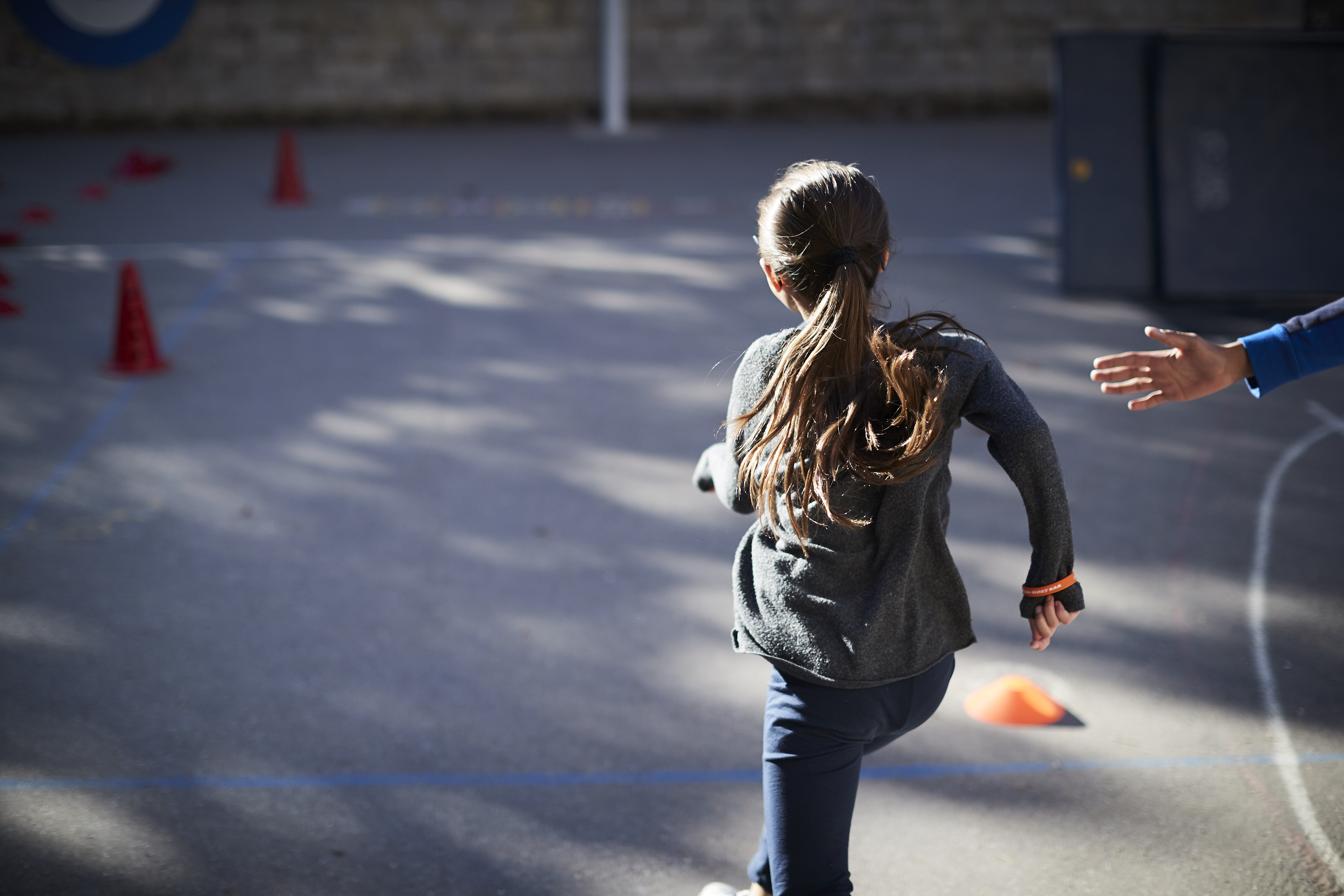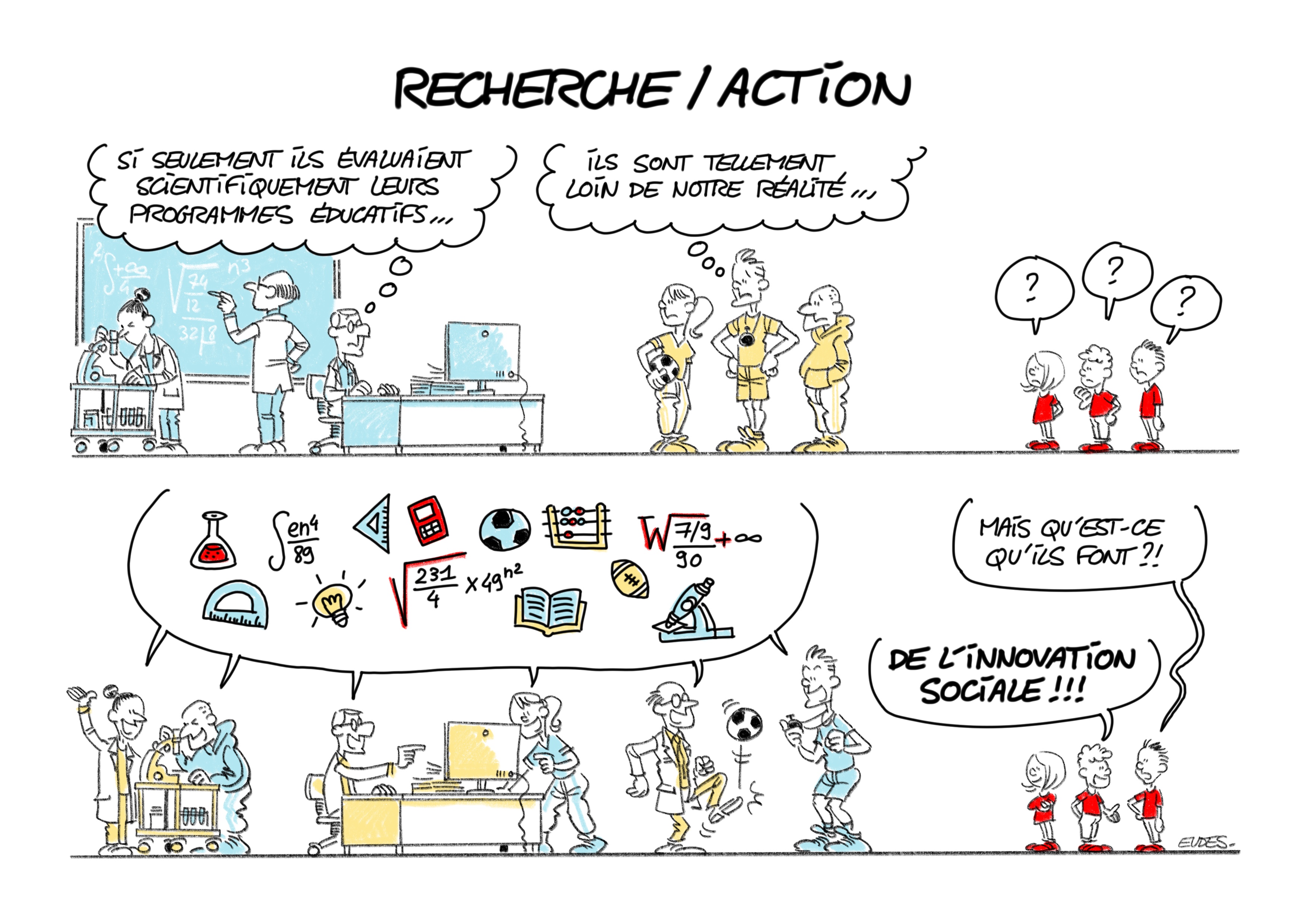The project "Sport and autism, a collective for inclusion" led by the Playlab aims to improve the quality of life and promote the social inclusion of children with Autism Spectrum Disorder (ASD) through physical activity and sports games.

Impact
Key figures
3
40
2
tHE ACTION PLAN
1 - FIELD DIAGNOSIS
A database of the practices used in the field by professionals who accompany children with ASD will be carried out. In concrete terms, this means a quantitative study on a national scale and a qualitative study in Ile-de-France. A survey will be distributed online and about thirty interviews with professionals from the sports, school, medical-educational and health sectors will be organised. This first phase is also an opportunity to establish partnerships with professionals wishing to become involved in the project.
2 - CO-CREATION AND TESTING OF EDUCATIONAL CONTENT
The contents will be co-created by experts in sport didactics, researchers and experienced educational professionals within the partner structures. The objective is to study the effects of the sessions on children with ASD. Evaluations will be carried out to follow the evolution of their abilities and behaviours: before, during and after the sessions.
3- MODELLING AND DISSEMINATION OF THE APPROACH AND of the EDUCATIONAL CONTENT
Using the feedback of the professionals and the results from the experimentation, the created content will be modified and better adapted. The aim is to model the approach based on the experience gained.
The contents are intended to be disseminated throughout the nation with 40 partners being trained to disseminate the programme in their region.

 FR
FR EN
EN